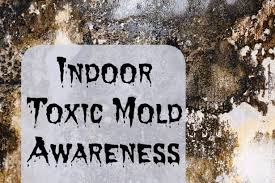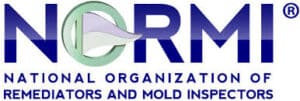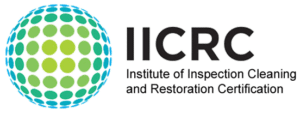At What Humidity Level Does Black Mold Start to Grow?

Any area with high humidity is susceptible to black mold problems. A relative humidity greater than 55 percent is enough to support the growth of black mold. Indoors, humidity levels can fluctuate drastically due to the effects of HVAC systems. Humidity can even vary greatly from room to room, so it is important to monitor it in various locations. A variety of factors can lead to the increase in humidity in a home and create the perfect environment for black mold to grow.
Black mold thrives on moisture. Household problems such as water and pipe leaks cause water intrusion and an environment perfect for black mold to grow. The mold can continue to grow unabated if a small leak goes undetected for a long time. It can grow into wall cavities and other hard-to-reach places. A flood also creates enough moisture and can leave standing water inside for days or even weeks before a home can dry out. A leaky roof is another cause of water intrusion.
Basements are generally cooler than the rest of the home, and have less ventilation. There is a higher relative humidity there, since the temperatures are cooler, creating moisture for black mold to flourish. Condensation or rusting on pipes, windows or walls is other things to look out for. Rusting on pipes is a good sign of a possible leak or high humidity problem. Other things to look out for are yellowish stains on walls, mold growth on which could turn them greenish, brownish or blackish; cracked or peeling paint; blocked gutters; warped wood, and black growth in bathroom tiles.
Mildewy or musty odors are a sign that there is a possible black mold problem. Black mold, as part of its digestion process, produces volatile organic compounds. High levels of these can irritate mucous membranes and even the central nervous system and lead to difficulty breathing and headaches, difficulty concentrating and dizziness.
Moisture control is the best way to control black mold. Water-damaged areas should be cleaned within 24 to 48 hours to prevent mold from growing. The damaged pipes, leaky roofs and damp places must be cleaned and fixed. Mold can be washed away with detergent and water on hard surfaces, which must then be dried quickly and completely, while ceiling tiles and carpet can absorb black mold and may require replacement.
Indoor humidity should ultimately be reduced to between 30 percent and 60 percent to decrease black mold growth. It is also helpful to ventilate bathrooms and use air conditioners and dehumidifiers. Exhaust fans should be used when cooking, washing dishes and other types of cleaning to keep humidity down and reduce the likelihood of a black mold problem.
Source: Written by Andy Kirmayer for ehow.
Contact Aspen for anything related to water damage cleanup, mold testing, mold removal, or air ducts: Call 978.328.0882 or email [email protected].
Aspen Environmental professionals are licensed and insured and members of the National Organization of Remediators and Mold Inspectors (NORMI), the National Air Duct Cleaners Association (NADCA), and the Institute of Inspection Cleaning and Restoration Certification (IICRC).



